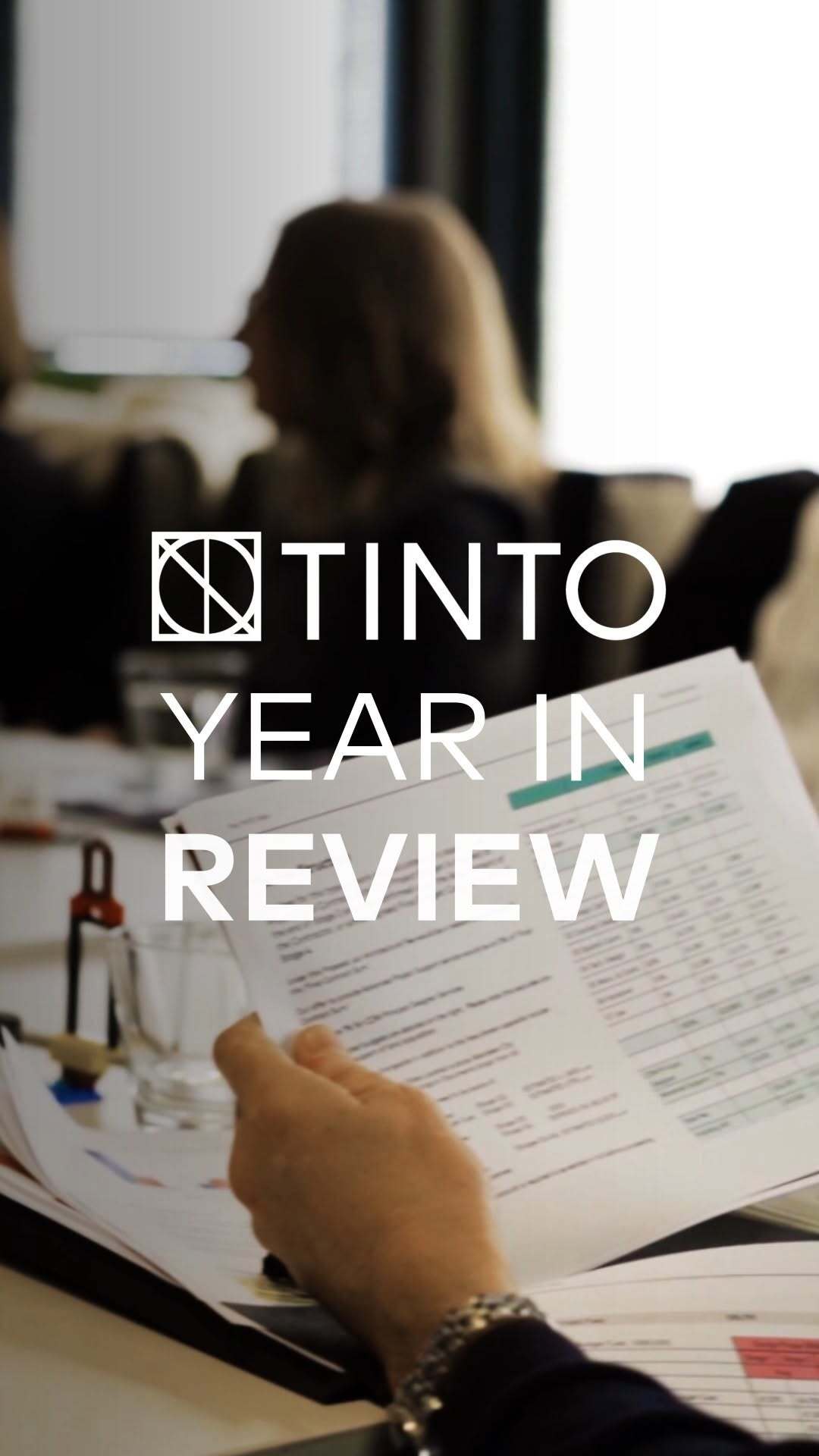The Most Important Things to Know about Your Building Project!
Whether dealing with a commercial or residential build, both the architect and the client have their own individual responsibilities throughout the life of a building project.
Client awareness of responsibilities and formal processes is key to the overall success and smooth running of any project.
If you are relatively new to construction, it is important to familiarise yourself with these processes and responsibilities to ensure things continue to run smoothly.
This post will explain the two main areas of client responsibility: Construction Design and Management Regulations and requirements relating to Information Sign Off and Payment.
CDM Regulations: Client Responsibility and Principal Designers
The Construction Design and Management Regulations 2015 (CDM 2015) outlines the responsibilities of all parties in relation to construction projects. Both domestic and commercial clients are no exception to these.
The regulations are provided by the Health and Safety Executive (HSE) and carry strong penalties for non-compliance. However, it is common for domestic clients to transfer these responsibilities to the designers using a written agreement.
If a domestic client has appointed an architect or other designer on a project involving more than one contractor, they can ask them to manage the project and take on the client duties instead of the principal contractor. This is done through a written agreement between the domestic client and the newly appointed principal designer. The agreement states that the new principal designer will take on the client duties as well as their own responsibilities during the pre-construction phase of the project.
Any designer in charge of coordinating and managing a project is assumed to be the principal designer. However, if they do not have a written agreement with the domestic client to confirm they are taking on the client duties, those duties automatically pass to the principal contractor.
A commercial client, however, must fully accept their duties and responsibilities without passing them on to a principal designer. These include fully managing their project and appointing contractors and designers.
Click here to visit the HSE webpage for domestic clients. For a full list of the duties and responsibilities for commercial clients, please click here.
Information Sign Off and Payment
Clients often give us a specific date for which they would like to have their project completed, for example ‘to be moved in and settled for Christmas’.
Sometimes these deadlines are realistic and achievable, but sometimes expectations need to be tempered. Either way, there are a few responsibilities that the client has to ensure their project runs smoothly and that timescales are being met.
Prompt Sign Off and Thorough Check of Drawings
As architects and project leads, we will produce a set of design proposals in the early stages of a project. These are issued to the client and we require their sign off to proceed. This will often be asked for in written (email) format and would be expected in the next few days.
It is important to ensure that the drawings submitted to gain these approvals alter as little as possible. This saves abortive work later down the line in the Planning and Building Warrant Stages.
Whilst we fully expect design changes to occur at these early stages, once these have been accounted for, clients are required to approve these promptly so as to proceed with the Planning and Warrant applications.
If sign off is not achieved, it delays the project at an early stage. However, if it is signed off without being looked over thoroughly by the client and changes are then desired latterly, this also caused problems. The project timescales will potentially slip as amendments will be needed to satisfy local authority requirements.
span class="Apple-converted-space">
Timely Payment
Projects will not generally proceed to the following stage until sign off has occurred. At the end of each stage, clients will also be issued an invoice for works carried out to date.
To save ineffectual work, the project will generally not proceed until this payment has been received.
Prompt payment of services not only keeps the project on track but also ensures a trusting working relationship between ourselves and the client. No-one in any business wants to spend time chasing payments, which can be a timely and costly exercise in itself.
Key Points
•The client’s main responsibility is to ensure the project is well managed and to maintain health and safety standards for all involved.
•Domestic clients can pass these responsibilities on to an appointed Principal Designer through a written agreement.
•Commercial clients must legally carry out their responsibilities and duties in full.
•All clients should thoroughly check over all drawings and design proposals so any alterations are made as soon as possible.
•All Clients should promptly sign off on these proposals within a few days of receiving them to avoid early delays.
•Payments should be made on time to avoid any ineffectual work or costly delays.
•Any further information can be found on .>span class="Apple-converted-space">
Over to You
If you have any questions regarding client responsibility, feel free to contact us or email us at info@tintoarchitecture.com.
Here at Tinto we are on a mission to put our clients at the heart of their project. We are passionate about being a business for people who want more from their architects and want to be involved throughout the design process.
For more information, visit www.tintoarchitecture.co.uk/







